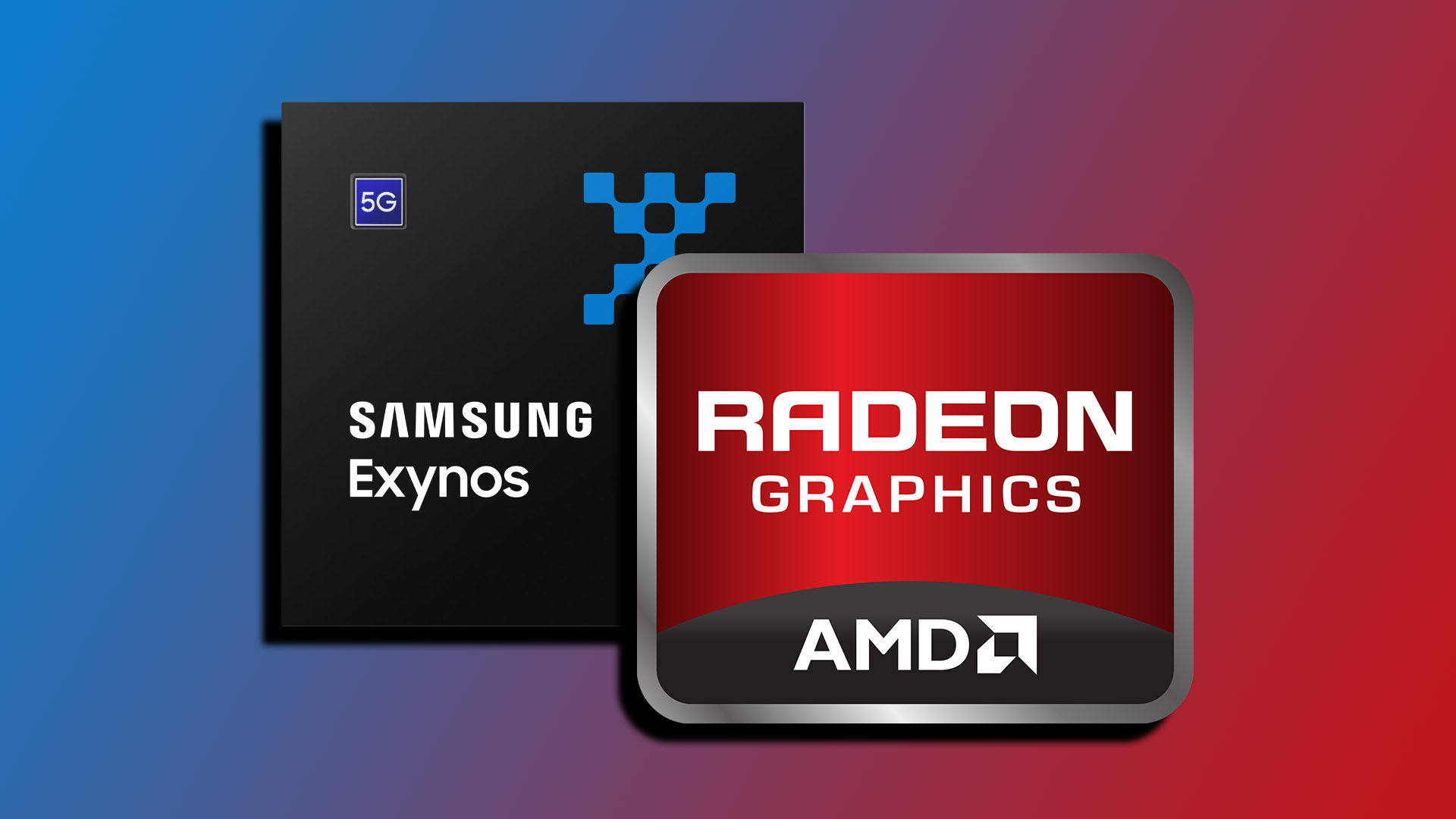The world of semiconductors is abuzz with news of a major deal between tech giants Samsung Electronics and Advanced Micro Devices (AMD). Samsung has agreed to supply KRW 4 trillion (approximately USD 3.2 billion) worth of High-Bandwidth Memory (HBM) to AMD.
This collaboration signifies a significant development in the memory market and has potential ramifications for the future of high-performance computing.
Samsung and AMD actually have two main parts to their ongoing deal:
Licensing Agreement: This is the bigger part of the deal. In 2019, they started a partnership where Samsung licenses AMD’s Radeon™ graphics architecture for their Exynos SoCs (System on Chips) used in mobile devices. This was extended in April 2023. This lets Samsung use AMD’s technology for powerful graphics in their phones while AMD gains a wider market for their Radeon tech.
Memory Supply: There was also a separate deal in 2023 where Samsung agreed to supply AMD with $3 billion worth of HBM3E memory for their AI and high-performance computing accelerators. This shows a separate supplier relationship between the two companies.
Follow us on Linkedin for everything around Semiconductors & AI
The Partnership:
The collaboration between Samsung Electronics and AMD signifies a strategic alignment of two industry powerhouses.
Samsung Electronics, renowned for its technological prowess in memory solutions, joins forces with AMD, a frontrunner in GPUs and data center innovation.
This partnership underscores a shared vision to push the boundaries of high-performance computing, with a focus on enhancing data center-oriented chips.
Read More: AMD & Arm’s Versal Gen 2 AI SoCs: Revolutionizing Embedded AI Efficiency – techovedas
“Together with AMD, Samsung has been revolutionizing mobile graphics, including our recent collaboration that brought ray tracing capability to mobile processors for the first time in the industry,” said Seogjun Lee, executive vice president of Application Processor (AP) Development at Samsung Electronics. “Drawing on our technological know-how in designing ultra-low-power solutions, we will continue to drive ongoing innovation in the mobile graphics space.”
HBM3E: Powering Next-Generation Computing:
At the heart of this collaboration lies HBM3E, the fifth-generation high-bandwidth memory developed by Samsung Electronics.
HBM3E represents a leap forward in memory technology, offering unparalleled bandwidth and performance.
With its 12-speed DRAM technology, HBM3E is poised to revolutionize the capabilities of AMD’s upcoming data center-oriented chip, the MI350.
This infusion of cutting-edge memory technology promises to unlock new levels of performance and efficiency in high-performance computing applications.
Read More: ABCI-Q: Nvidia Joins Forces with Japan to Build First Hybrid Supercomputer – techovedas
Addressing Industry Needs:
The decision by AMD to incorporate HBM3E into its MI350 chip addresses a critical need in the semiconductor industry.
By enhancing bandwidth and performance, AMD aims to compete more effectively in the fiercely competitive data center market. It is positioning itself as a leader in high-performance computing solutions.
Read More: 8 Open-Source Initiatives to Design & Fabricate Your Chip – techovedas
Market Implications:
The agreement between Samsung Electronics and AMD carries significant implications for the semiconductor market.
Samsung’s dominant position in memory solutions, coupled with AMD’s expertise in GPU. Chip design, creates a formidable partnership poised to disrupt the status quo.
As AMD seeks to challenge competitors like NVIDIA, the integration of HBM3E into its chip design. It represents a strategic shift towards prioritizing bandwidth and performance, setting the stage for intensified competition in the high-performance computing segment.
Read More: 8 Reasons Why Neuromorphic Computing Demands a Revolution in Chip Design – techovedas
Conclusion:
Samsung Electronics’ decision to supply KRW 4 trillion worth of HBM to AMD marks a strategic move with far-reaching implications.
By leveraging its advanced memory technology, Samsung aims to empower AMD to deliver next-generation computing solutions. It will redefine the boundaries of performance and efficiency.




